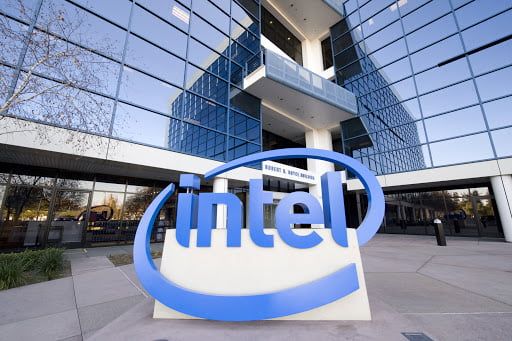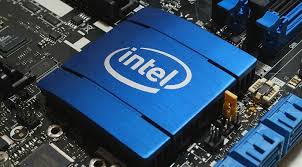Intel will expand its product range with Intel 500 series chipsets made for Intel Rocket Lake-S processors. They will be a part of 11th generation Intel Cores, and it will run desktop computers and will arrive on the market together with new motherboards.
- Intel Core i9 10900K performance review
- Intel targets cheap PCs with ‘Jasper Lake’ processors
- RTX A6000 & RTX A40 are NVIDIA’s new professional graphic cards
Rocket Lake-S will be the last Intel processors manufactured in 14-nanometer processes in a gradual transition strategy before the definitive jump to 10 nm that will happen with the “Alder Lake”. In addition to an improved (not entirely new) architecture with “Cypress Cove” cores (after the “Willow Cove”) and an increase in working frequencies above 5GHz to maintain dominance in IPC, they will provide interesting new features through their chipset.
Intel 500 series chipset specs
PCI Express 4.0: Finally Intel will support the latest version of the most important PC bus. Intel is expected to offer 20 lanes in total. The CPU will be connected directly and will have 4 additional lanes (x16 for the GPU and x4 for solid state drives under the NVME protocol). This means that both dedicated graphics and SSD storage will be connected directly to the CPU via PCIe 4.0.
DMI 3.0: It will be upgraded to the x8 link, which means a doubled transfer rate compared to the current x4. Intel does not set the transfer rate for a new DMI connection, but the current x4 link has a transfer rate of 8 GT/s (3.93GB/s).
Intel Xe: Another important new feature will come in the same CPU package and will be the latest generation of integrated graphics, Gen12, with significant performance improvements, support for HDMI 2.0b and DisplayPort 1.4a, plus Adaptive Sync image synchronization technology.
Connectivity: The chipset will also provide native support for the latest Wi-Fi 6 and Bluetooth 5.1 wireless connectivity standards, and the most advanced connection ports such as Thunderbolt 4 and USB 3.2.
RAM: The platform will increase the memory frequency and the maximum capacity supported. It will still be DDR4 (DDR5 will arrive on the next Alder Lake) in dual channel.
And more: In the multimedia section, the chipset will offer support for the 12-bit AV1/HEVC codec. The Intel Software Guard extensions will be removed and their overclocking capability will be enhanced.

Intel 500 series chipsets: models and release date
Z590: High range oriented to enthusiasts and overclockers with launch planned for March 2020.
H570: Oriented to premium desktop computers.
B560: For mid-range PCs.
H510: Aimed at entry-level desktop computers. Like the previous ones, they will arrive at the end of March.
W580: For professional workstations with a planned launch in April 2020.
Q570: Oriented to commercial computers, offices and companies.
All motherboards with these Intel 500 series chipsets will use the LGA1200 socket and there is good news regarding its backward compatibility. Rocket Lake-S CPUs will be able to be installed on 400 series motherboards after the corresponding BIOS/UEFI updates, while the 500 series will support 10th generation Core processors.
We will wait for the official presentation of the platform that Intel could make in the CES fair in Las Vegas. An interesting platform as a transition to the 10 nanometers, although the user will have to evaluate renovations since we expect the next “Alder Lake” very soon after. We will be able to say a lot more about Intel 500 series chipsets after its official presentation.





